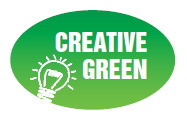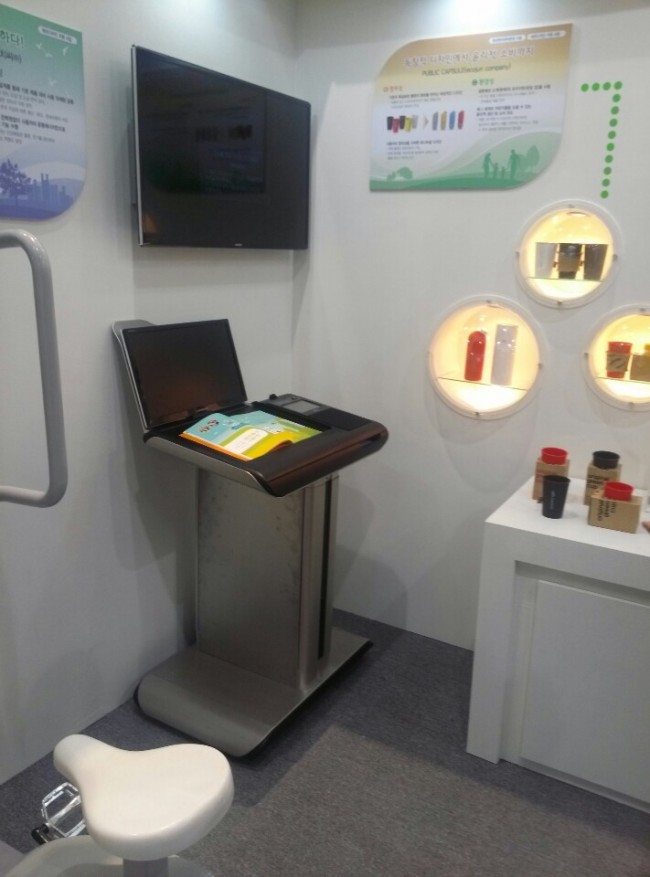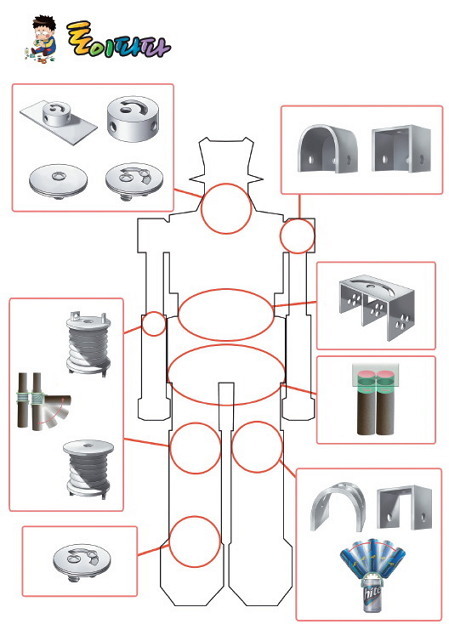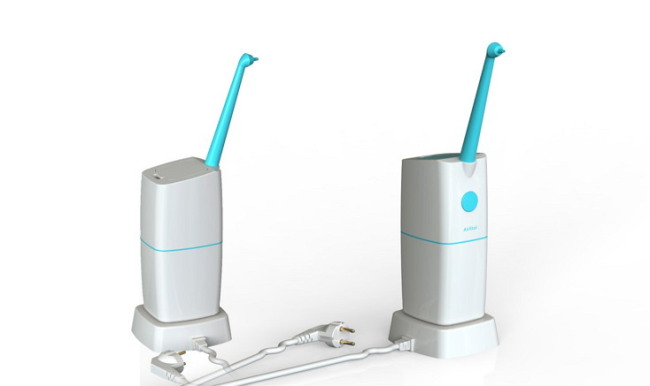The following is the second in a series of articles on the creative green economy, which focuses on generating new growth engines and was initiated by the Park Geun-hye administration and the Ministry of Environment. ― Ed.
South Korea’s Environment Ministry is currently focusing on two aspects in implementing major projects: boosting eco-friendly products and spurring innovation through creative products and services.
Green technology-related researchers say they have set up two clear objectives to stimulate innovative ideas and prioritize those ideas.
“The first objective is to resolve the social issues in Korea through eco-friendly methods ― such as excessive use of

energy and water resources, damage from hazardous substances, and the decline of local economies due to urban concentration,” said Jung Young-do, a researcher at the sustainability strategy office of the Korea Environmental Industry & Technology Institute.
Jung said the second objective was to make consumers with non-eco-friendly lifestyles switch to eco-friendly lifestyles.
At a recent environment technology-oriented fair and contest, state-run KEITI selected a smart conference system as one eco-friendly model. The next-generation lecture desk, showcased by Spina Systems Co., is an education or conference system consisting of an electronic table, beam projector, transmitter and receiver for wireless control, and a PC router.
Jung said that an existing electronic system that consists of controllers, amplifiers, power distribution devices and PCs is rather heavy and complex, and requires high power consumption as well.
“In contrast, the creative electronic table, in which all devices are integrated with a single controller, is very slim and can be maintained easily, and it consumes one-third of the power used by existing products,” he said.
The wireless controller for a beam projector can reduce the burden of device installations in a conference room, and it can facilitate the mobility of the electronic table.
 |
An electronic table integrates multiple devices with a single controller. |
A router that can be shared by up to eight people with one PC is able to transmit multimedia data with only the use of a USB, and it can utilize all the resources in a main computer without compromising speed.
Another innovative educational device, a toy kit showcased at KEITI’s fair, drew wide attention from children and their parents. Hazardous substances such as phthalates have been a persistent problem in relation to toys in Korea.
“Violent and expensive brands of toys stimulate curiosity in children, but they often run contrary to the inherent roles of toys in maximizing the mental and physical growth of children through play,” said the institute’s researcher and spokesman Seok Sung-woo.
Seok said that the creative toy kit, developed by Toypapa Co., helps children build creative toys using recycled, discarded or disposable materials from daily life as the main materials.
 |
A robot toy kit made using waste materials |
It consists of a joint kit that connects materials and a variety of toy development manuals. The product is intended to be used as a recommended program for educational institutions that target kindergarteners or early primary school students.
For the construction sector, bridge rails that prevent flood damage through improved buoyancy have grabbed the spotlight.
It is estimated that Korea has around 4,000 streams and 2,000 fixed bridges, and all sorts of items are caught in bridge rails during flooding each year.
The situation has caused frequent damage to bridge rails as well as the bridges themselves, creating high recovery costs.
“The unique feature of the bridge rails is to minimize resistance with buoyed stuff, when the water level increases to a certain threshold, by automatically letting the bridge rails, which are connected with a buoyancy device, move toward the water flow direction,” Seok said.
Once the water level decreases, the bridge rails return to their original position via a screw mechanism, and connect with the support automatically.
 |
Bridge rails prevent flood damage with the help of buoyancy. |
 |
Eco-friendly oral cleaner airlitol (KEITI) |
Meanwhile, the eco-friendly oral cleaner airlitol is a product that applies innovative technology that generates pressurized air by utilizing a diaphragm with a soft texture and camshaft structures for oral cleaning.
Existing products, which use springs and pistons, emit polluted air due to continuous friction and the use of lubricants, while their injection speed is just one injection per second.
The product uses air that becomes pressurized through squeezing before being released with a “psh” sound.
Since this product does not use springs or pistons, its structure is simple and can generate clean air due to the fact that no friction occurs.
In addition, since the power of the motor is directly transmitted to the driving axis, a rapid pace of up to three injections per second can be achieved.
Airlitol is intended for dental clinics as well as ordinary consumers.
KEITI, in its efforts to increase the effectiveness of the public contest, has offered prizes and awards from the Ministry of Environment, and incentives such as prototype development support.
As a result, around 600 ideas were submitted in late 2013, researchers said.
By Kim Yon-se (
kys@heraldcorp.com)










![[Weekender] Korea's traditional sauce culture gains global recognition](http://res.heraldm.com/phpwas/restmb_idxmake.php?idx=644&simg=/content/image/2024/11/21/20241121050153_0.jpg)

